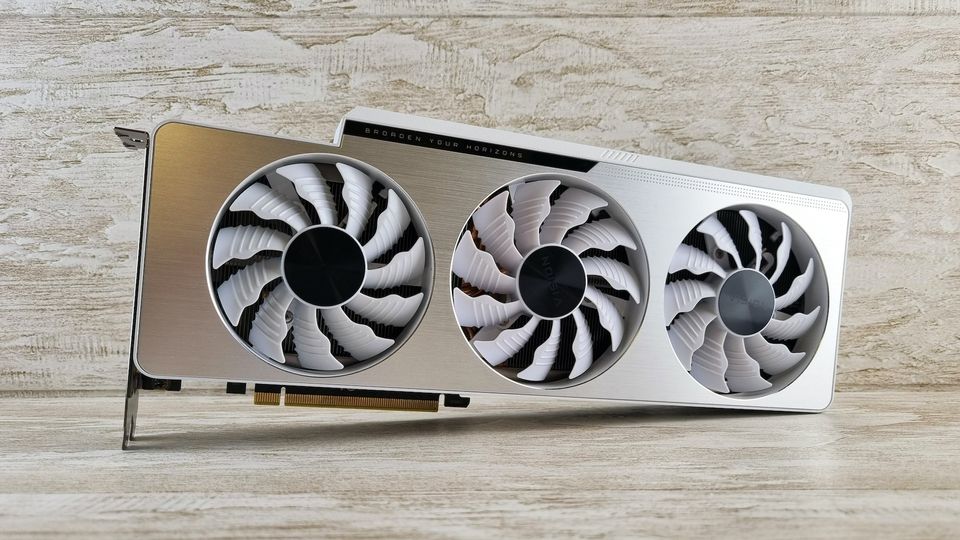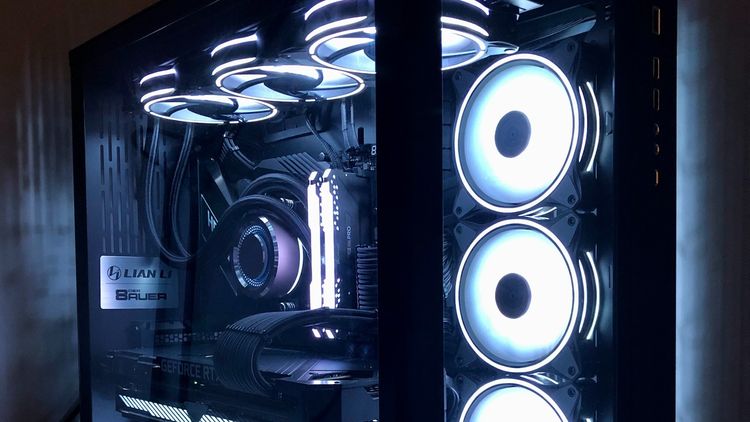In Depth: Graphics Cards

Graphics cards are an essential component of a computer system. They are responsible for taking the data from your computer's central processing unit (CPU) and turning it into visual information you see on your monitor. In this blog, we will explore the specifics of graphics cards, including their speed, connections, performance, and purpose. We will examine the factors that work together to make a fast, efficient graphics card.
Deeper Dive
Graphics cards are an essential component of a computer system. They are responsible for taking the data from your computer's central processing unit (CPU) and turning it into visual information you see on your screen. The images you see on your computer monitor are made of tiny dots called pixels.
The most common screen resolutions depend on the type of device and the user's location. 1920x1080 is the most common resolution for desktop displays globally and in the US. 1366x768 is the second most common resolution globally and in the US. For mobile displays, 360x640 is the most common resolution globally. However, as technology has advanced, those resolutions have increased dramatically to sizes such as 4K (which are 3840 x 2160 pixels in resolution).
The computer needs a translator to display the pixels on a monitor screen. It needs something to take binary data from the CPU and turn it into a picture you can see. This translator is known as a graphics processor or GPU.
A graphics card's job is complex, but its principles and components are easily understood. Working with software applications, the CPU sends information about the image to the graphics card. The graphics card decides how to use the pixels on the screen to create the image. It then sends that information to the monitor through a cable. Its clock and memory speeds determine how fast the graphics card can complete its calculations and rendering. Clock speed is measured in MHz or GHz and determines how many operations per second the GPU can perform. Memory speed is measured in MHz or GHz and determines how quickly the GPU can access its memory.
The memory size in a graphics card, also known as VRAM, is essential because it stores high-resolution frames, more detailed textures, and other assets. More VRAM doesn't always mean higher FPS, but it allows for a smoother, more consistent experience, especially at high graphics settings. When you have more VRAM, the card can store more and larger pieces of information, which translates to the images reaching your screen so that your experience is smooth and unproblematic. VRAM stores graphics data so that the GPU can access it quickly. It takes on tasks like image rendering, storing texture maps, and other graphics-related tasks.
The primary purpose of a graphics card is to render images and video quickly and efficiently. Graphics cards are used for gaming, video editing, 3D modeling, and other tasks that require high-performance computing. Graphics cards also offer additional connections for onboard peripherals and expansion slots.
Common Issues
Common issues with graphics cards include overheating, driver issues, and hardware failure. Overheating can cause the card to shut down or damage permanently. Driver issues can cause the card not to work correctly or cause crashes. Hardware failure can cause the card to stop working altogether. Another issue that can occur is a power supply that does not have enough capacity to power all components. Having too little power will cause the power supply to burn out and potentially cause a graphics card to age faster and break.
Summary
In summary, motherboards are responsible for connecting all the other components of the computer and ensuring that they work together seamlessly. While graphics cards are responsible for taking the data from your computer's central processing unit (CPU) and turning it into visual information you see on your monitor. Graphics cards are used for gaming, video editing, 3D modeling, and other tasks that require high-performance computing. Graphics cards also offer additional connections for onboard peripherals and expansion slots.






Member discussion